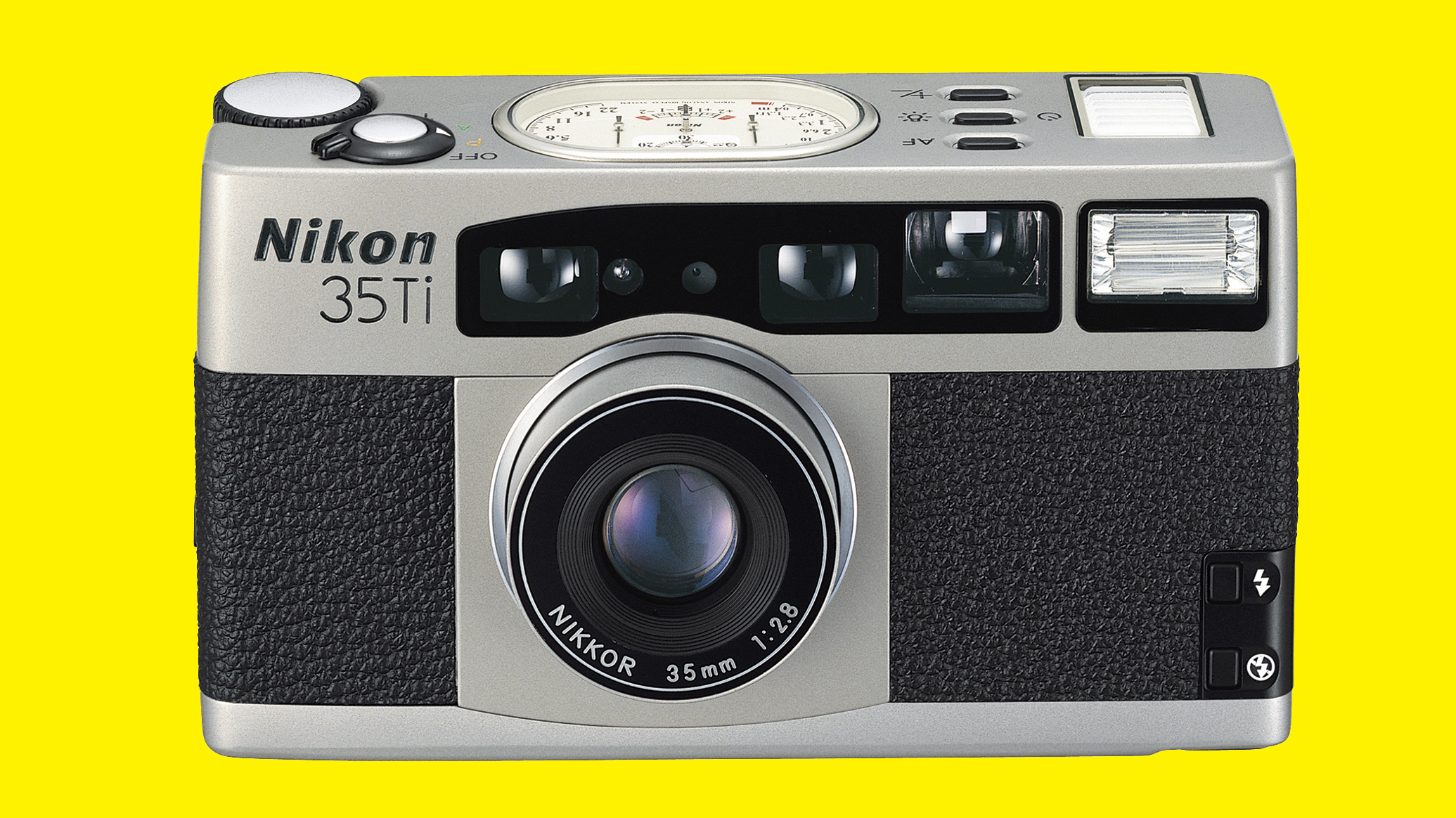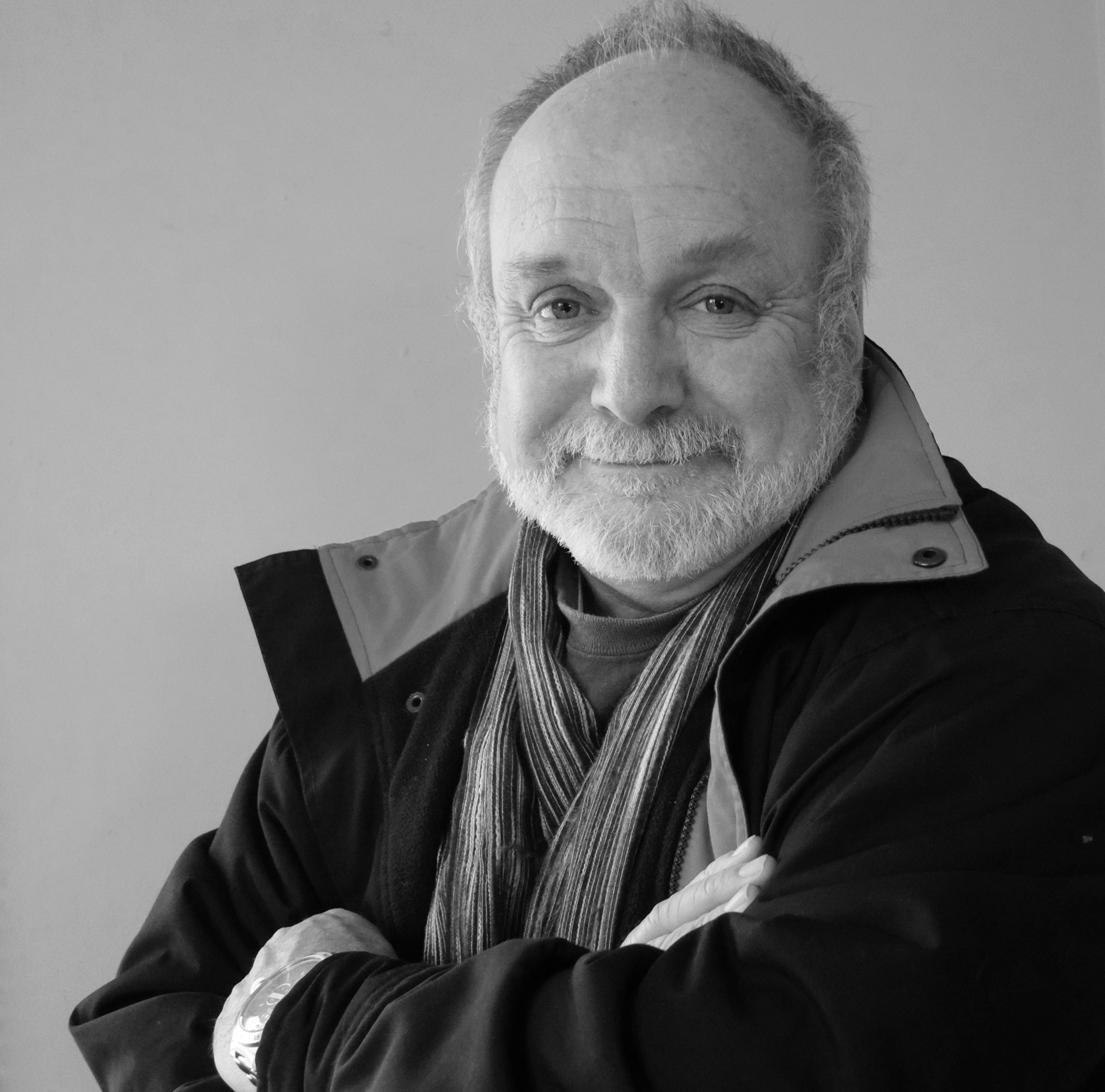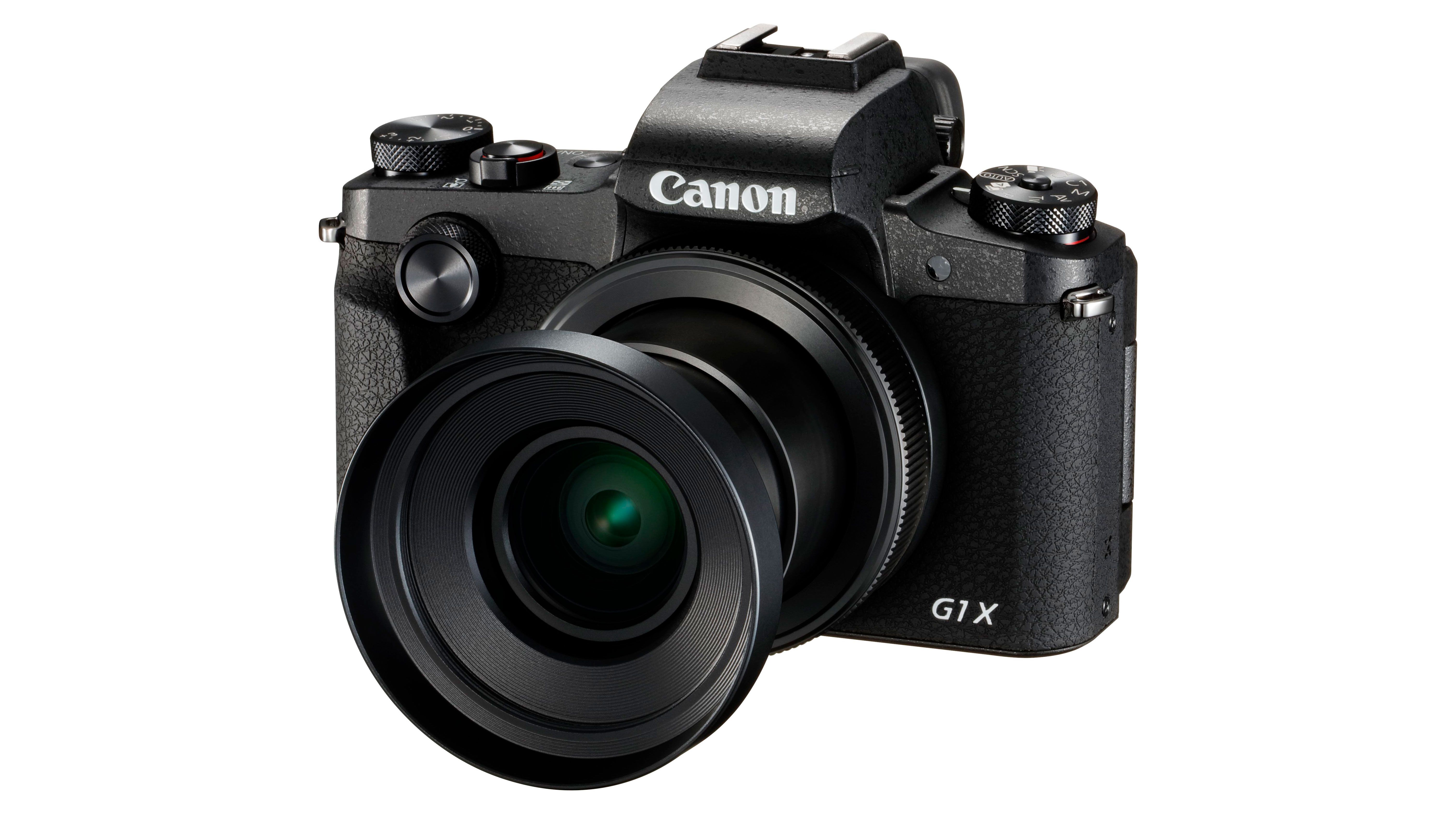The high-end compact camera is back – and that's a very good thing
Why the new wave of enthusiast compact cameras is essential for us photographers

With the arrival of Ricoh’s GR IV and Canon announcing that it is increasing production of the PowerShot G7X III, the compact camera revival could really be A Thing™. And that’s definitely A Good Thing™ because, especially in the digital era, the compact is a particularly interesting and exciting area of camera design.
The digital technologies made it easier to pack more into less space, and a lot of automation made its debut in this category of camera before being applied elsewhere.
Higher-end compacts had returned in the 35mm format prior to the digital capture revolution, but subsequently there were models that even professionals were using. Canon’s PowerShot G1 series is a prime example. The PowerShot G1X Mark III from 2017 was as serious as you could get without going to a DSLR: 24MP APS-C sensor, phase-detect autofocus, 24-70mm equivalent zoom, electronic viewfinder, RAW capture and 5.2fps continuous shooting.
It’s not hard to imagine a G1X Mark IV model with the latest tech, such as AI-driven subject recognition, HEIF capture mode, faster continuous shooting with a bigger buffer, picture recipes, 4K video and perhaps built-in storage. Yes, Sony’s RX1R III has pretty much all these capabilities – but it is a $5,000 camera, so perhaps not something you’d think about buying to supplement your mirrorless or DSLR kit.
The G1X III sold for around $1,300 when new, so our fantasy Mark IV model could still sell for $1,600 or more and be well worth considering as a truly capable compact for those times when smallness, lightness and a fixed lens are real pluses. Ricoh’s GR IV, by the way, has a price tag in the region of $1,500 – and the order book is already filling fast.
Of course, the higher-end digital compacts were made possible – and possibly also more affordable – by very healthy sales of lesser models, and it’s hard to see these coming back, at least not in any significant volumes. There are plenty of people who are very happy snapshooting with their smartphones and just don’t need a second device getting in the way.
However, those who want something more – and in the shape of a real camera – look to be generating enough demand for a return to enthusiast-level compacts. Will it be enough to convince other camera makers to get back into a business in which everybody was once involved?
The best camera deals, reviews, product advice, and unmissable photography news, direct to your inbox!
Well, I suspect there’s pent-up demand elsewhere too – namely keen photographers who want a small camera that can still do lots of stuff. When I was shooting with my Nikon 35mm SLRs – an F5 and two F100s – I also had a Nikon 35Ti in the kit bag and it worked brilliantly on quite a few jobs.
I don't necessarily think classical styling is a must (although dials are nice) but I do think a zoom lens is worth having (as opposed to cropping on the sensor) and an EVF is essential. Leica’s D-Lux 8 is certainly a close match, although it’s also a refresh of an older design and so lacks the very latest tech.
And now that we’ve seen the X Half, perhaps Fujifilm is planning something more… well, mainstream? It certainly has a decent back catalogue for inspiration – the X20, X30, X70 and even the XF1 – along with, of course, the X-Trans sensor and the Film Simulation profiles.
After the X Half, anything is possible… and now a lot more likely to be probable. Exciting times are ahead.

Paul has been writing about cameras, photography and photographers for 40 years. He joined Australian Camera as an editorial assistant in 1982, subsequently becoming the magazine’s technical editor, and has been editor since 1998. He is also the editor of sister publication ProPhoto, a position he has held since 1989. In 2011, Paul was made an Honorary Fellow of the Institute Of Australian Photography (AIPP) in recognition of his long-term contribution to the Australian photo industry. Outside of his magazine work, he is the editor of the Contemporary Photographers: Australia series of monographs which document the lives of Australia’s most important photographers.
You must confirm your public display name before commenting
Please logout and then login again, you will then be prompted to enter your display name.

